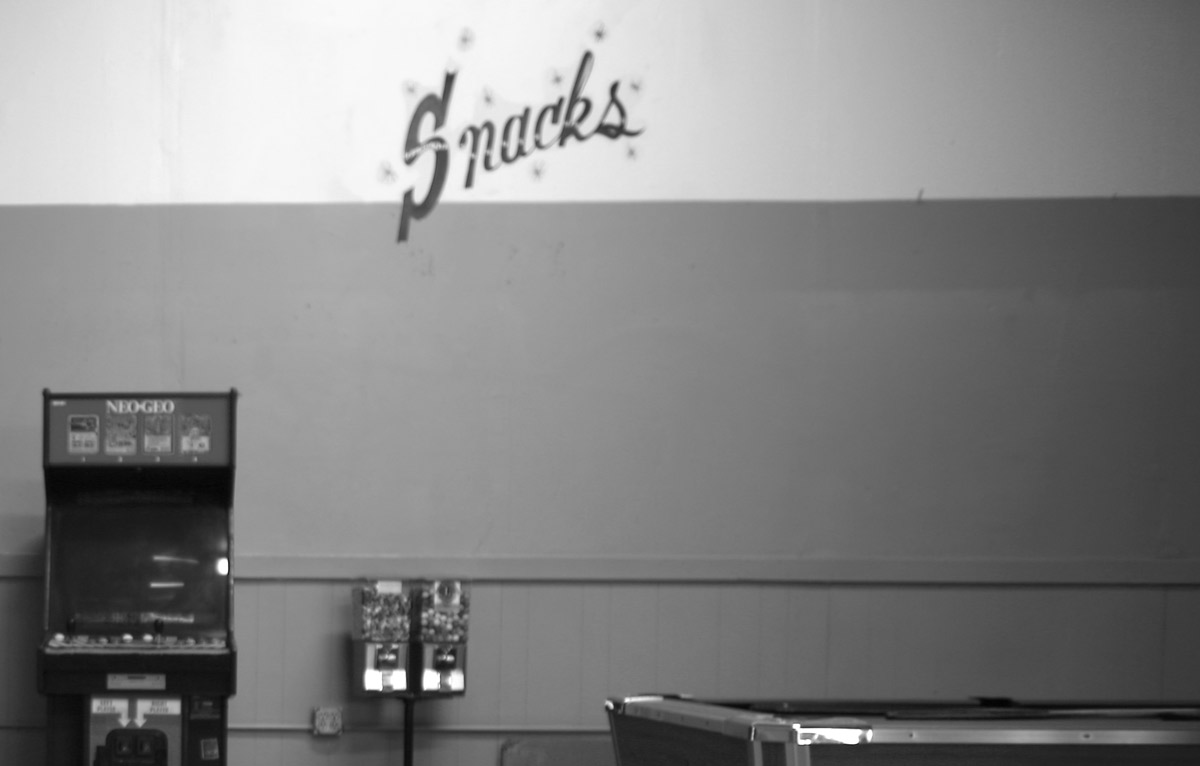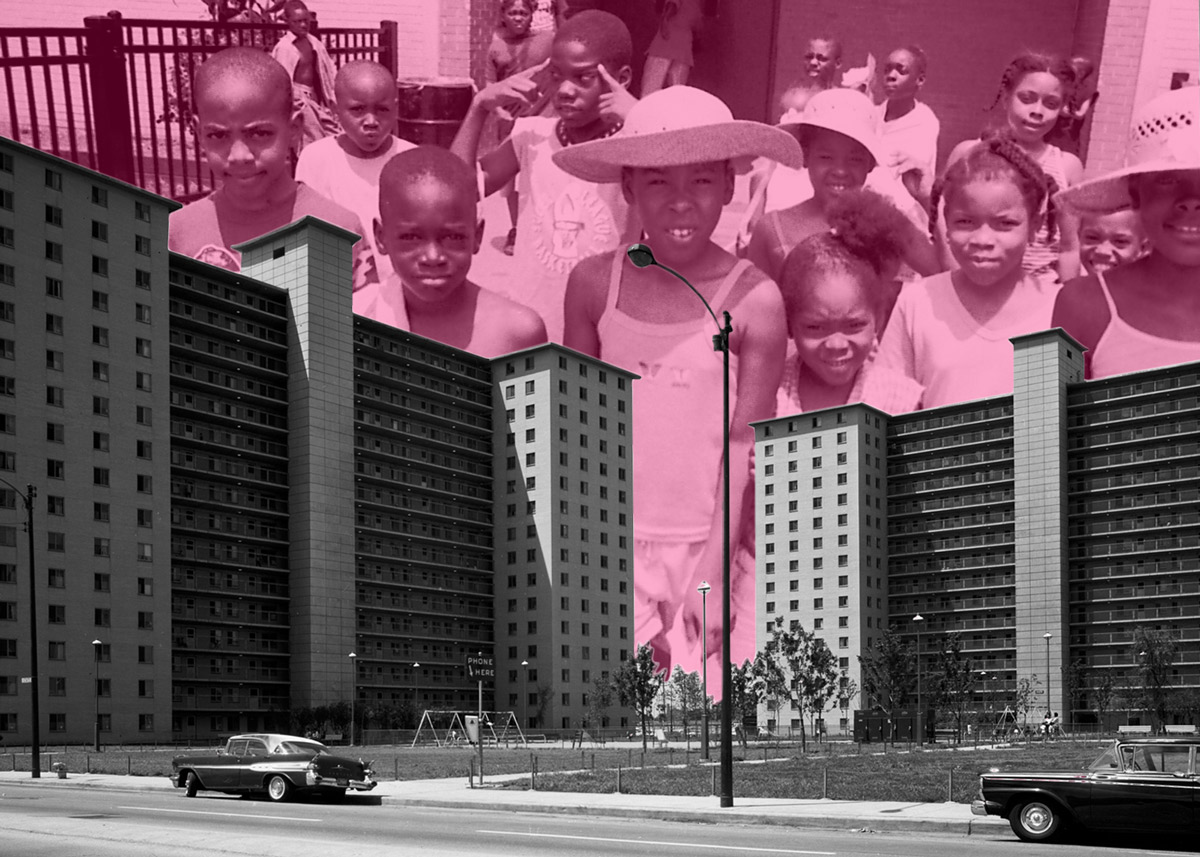

Look At This
The Bus Station
For released Texas prisoners, the first step toward the future
is into an old Greyhound station.
by John Burnett
photos by David Gilkey
April 27, 2015
Something about this place feels stuck in time.
But it’s April 2015 in this Greyhound bus station.
There are a lot of old bus stations in Texas.
This one in Huntsville is special.
It’s a quick three-minute walk from Texas’ original state penitentiary.
Also known as “the Walls.”
The first inmates arrived here in 1849. Since then, thousands of others have spent time inside the Walls, including Dog the Bounty Hunter and rapper Pimp C.
Merle Haggard even wrote a song about this place.
The nation’s busiest death chamber is here. As of March 2015, 1,277 people had been put to death here. Stated another way: Since 1976, more than a third of all U.S. executions have happened inside the Walls.
For some men and women, the Walls is the last place they see on earth.
For others, the Walls are the last cells they see before freedom. Inmates are brought here from all over East Texas to be released.
Releases happen Monday-Friday. Inmates change out of prison whites and into badly-fitting street clothes donated by a church.
Once the former inmates exit the Walls, family and friends are there to meet them — if they’re lucky.
If not, they keep walking — in single-file line, out of habit.
A couple of years ago, Texas edged out California for having the most men and women behind bars in the nation. Huntsville is the former headquarters of the Texas prison system. There are nine state prisons in the county. Last year, 21,000 inmates walked out of the Walls.
You can recognize released inmates on the street by the potato sacks full of belongings …
… that they shoulder to the Greyhound station …
… and plop down inside. This is the first place the men will sit without bars, or guards, or inmate counts.
But there is a routine, even in the bus station.
First, they cash the check from the Texas Department of Criminal Justice — either $50 or $100, depending on whether they’re paroled or discharged for time served. They usually spend it on street clothes or smokes.
Then they get bus tickets from the station manager, Elroy Thomas. For 24 years he’s been exchanging vouchers for tickets and sending inmates home.
“When I first came to work here inmates were called convicts. … It went from them being convicts to them being inmates. It went from inmates to offenders. And now they are called clients.”
He chuckles: “And I tell ’em, ‘You’re not a client of mine.’”
What bothers him is the repeat clientele. Like Steve Humphries, a 51-year-old convicted drug dealer from Rockport, Texas.
“He’s been here six times!”
“I’m not really happy,” Humphries says. “I don’t know why I’m not really happy. That’s what’s really freaking me out. I know I’m free but I don’t feel free.
“I got all this stuff on my mind right now, and I’m worried if I’m gonna make it.”
The odds aren’t good for ex-convicts: Statistically, 1 in 5 will return to prison after three years. Maybe because they won’t find a decent job or a supportive family.
Brandon Garcia is 23.
“My son will be a year tomorrow. I can be there for that.
“I have a wife at home but she wants a divorce. I can’t wait to go home, and maybe she’ll see that I’m really going to change this time.”
“What I hated the most is the food. … Other than the food, it’s just sitting behind those bars. Two-man cell, no TV, no radio. Not knowing what’s going on out here in the world.”
When Damian Francis went into prison seven years ago for aggravated robbery, the iPhone had just been introduced. Imagine the world he is walking into.
“It really hasn’t sunk in yet. A lot of things coming at me real quick, people over here selling cellphones, people over here cashing your check. … I can already tell it’s gonna make some tensions just by talking to my mama for three hot minutes on the phone. ’Cause she’s still got [the] same picture of the person I was pre-incarceration — rather than the person I am now.”
Time stands still inside prison. Same at the Greyhound station, where pay phones and gum-ball machines never went out of style.
And there’s waiting.
Waiting for the bus to arrive that will take them home — wherever home is; if there is a home.
For every man riding out of Huntsville on a Greyhound, this is the place he never wants to see again.
Before boarding the bus, the former inmates gather for a prayer.
Then the big white coach lumbers toward Houston and, hopefully, new lives.
The numbers are sobering: Within three years, 1 in 5 will re-offend and be back in prison — most within their first year after release.
Those 24 and younger — and those who were convicted of property crimes — are the most likely to get in trouble again. The most likely to stay out of trouble are older than 45, and violent offenders.
Criminal justice experts say former inmates who can’t find a decent job or don’t have supportive family have a harder time.
Help more people see this story
Help more people see this story
Did you like this story?
We'd love to know why
Project Credits
By John Burnett
Photography by David Gilkey
The radio version of this story originally aired on NPR on April 12, 2015.
Design and development by Wes Lindamood and Tyler Fisher
Edited for the Web by Becky Lettenberger and Claire O’Neill
Huntsville street map tiles by Stamen Design, under CC BY 3.0. Data by OpenStreetMap, under ODbL.

Up Next